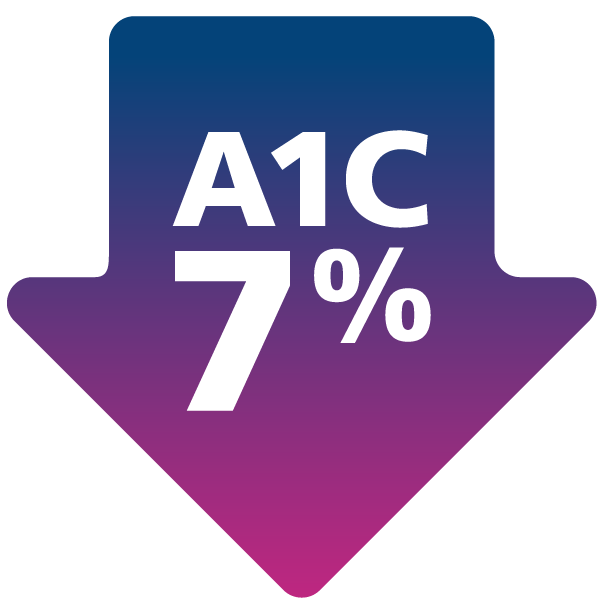Type 2 Diabetes: Let’s all work to prevent it
Peggy Spangler, OSU Dietetic Intern, working with Oregon Dairy and Nutrition Council
How can I prevent diabetes?
We’ve been hearing a lot about diabetes as a priority issue for Tillamook County Wellness (formerly YOW). About 11% of our county residents have diabetes. Another 25% of residents may have prediabetes. Plus, 9 out of 10 of those 25% may not even know they have prediabetes. These are concerning numbers.
What should I know about diabetes?
Diabetes occurs when your blood sugar (glucose) is too high. Glucose comes from the foods we eat. Our cells need this glucose for energy. Insulin is a hormone that helps the glucose move from the blood into our cells. In prediabetes or type 2 diabetes, the body is not making enough insulin or the insulin is not working well. Then the glucose stays in the blood where it causes problems. High blood sugar can lead to heart disease, stroke, kidney damage, blindness, and amputations.
So what does it mean to have prediabetes?
Your doctor can test your blood sugar level. If the level is high, you may be diagnosed with prediabetes or diabetes. Prediabetes means your insulin is not working as well as it should. This is called insulin resistance and puts you at risk of developing type 2 diabetes. Prediabetes can be reversed. But if you are diagnosed with prediabetes, you have a 50% chance of developing type 2 diabetes within 5-10 years.
How do I know if I am at risk of prediabetes?
Several factors have been found to increase risk for prediabetes. Some of these can’t be changed like being age 45 and older, having a family member with diabetes, and being a member of a high risk race or ethnicity. There are other factors we can change like being overweight and inactive.
So how can I reduce my risk and prevent prediabetes and type 2 diabetes?
The Diabetes Prevention Program (DPP) studied how to prevent type 2 diabetes. This study showed that lifestyle changes reduced the incidence of type 2 diabetes by 58% over 3 years. They found that losing 5-7% of weight reduced the risk of developing diabetes in overweight people. That means losing 10 to 14 pounds for a 200 pound person.
In addition, exercise helps. The American Diabetes Association recommends a moderate activity, like brisk walking, for 150 minutes per week or about 20 minutes each day. Talk to your doctor before starting an exercise program if you have not been active.
Do I need a special diet?
No, if you are overweight, cutting calories modestly can help with weight loss. Some of the steps for healthy weight loss include eating smaller portions, cutting back on foods high in calories, fat, and sugar. Also, drinking water instead of drinks with added sugar can help. It is important to make sure you are continuing to get the nutrients you need by following a healthy eating pattern.
So what is a healthy eating pattern?
A healthy eating pattern includes eating a variety of vegetables, fruits, grains, dairy foods, lean proteins, and oils. You should include dark green, red, and orange vegetables. Try to make half your grains whole grains. Also, eat lean proteins and eat more fat free or lower fat dairy foods. The 2015 Dietary Guidelines for Americans note that a healthy eating pattern is linked to a reduced risk for diabetes. Research continues and the American Diabetes Association says including nuts, berries, yogurt, coffee, and tea in your diet may lead to a reduced risk of diabetes.
The good news is that we can be a healthier community. We can work to reduce our risk of developing diabetes by following a healthy eating pattern, exercising, and working to achieve a modest weight loss if we are overweight.
References:
American Diabetes Association. Prevention or delay of type 2 diabetes. Sec. 5. In Standards of Medical Care in Diabetes – 2018. Diabetes Care 2018; 41 (Suppl. 1): S51-S54. http://care.diabetesjournals.org/content/diacare/41/Supplement_1/S51.full.pdf
Centers for Disease Control. Diabetes Report Card 2017. https://www.cdc.gov/diabetes/pdfs/library/diabetesreportcard2017-508.pdf
Diabetes Prevention Program Research Group. 2015. Long-term effects of lifestyle intervention or metformin on diabetes development and microvascular complications over 15-year follow-up: the Diabetes Prevention Program Outcomes Study. The Lancet: Diabetes & Endocrinology. 3(11):866‒875
Jenck, M. February 23, 2018. Can you hear me now? http://tillamookcountyhealthmatters.org/can-you-hear-me-now/
Linnell, J. April 20, 2018. A culture of collaboration is the key to preventing type 2 diabetes.
National Institute of Diabetes and Digestive and Kidney Disease. May 2018. Insulin resistance and prediabetes. https://www.niddk.nih.gov/health-information/diabetes/overview/what-is-diabetes/prediabetes-insulin-resistance
National Institute of Diabetes and Digestive and Kidney Disease. February 2017. Preventing type 2 diabetes, your game plan to prevent type 2 diabetes. https://www.niddk.nih.gov/health-information/diabetes/overview/preventing-type-2-diabetes/game-plan#plan
U.S. Department of Health and Human Services and U.S. Department of Agriculture. 2015-2020 Dietary Guidelines for Americans. 8th Edition. December 2015. Available at http://health.gov/dietaryguidelines/2015/guidelines/
.

